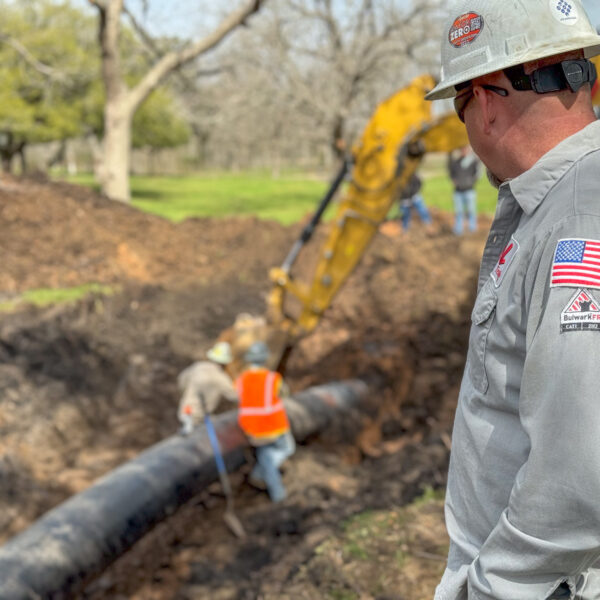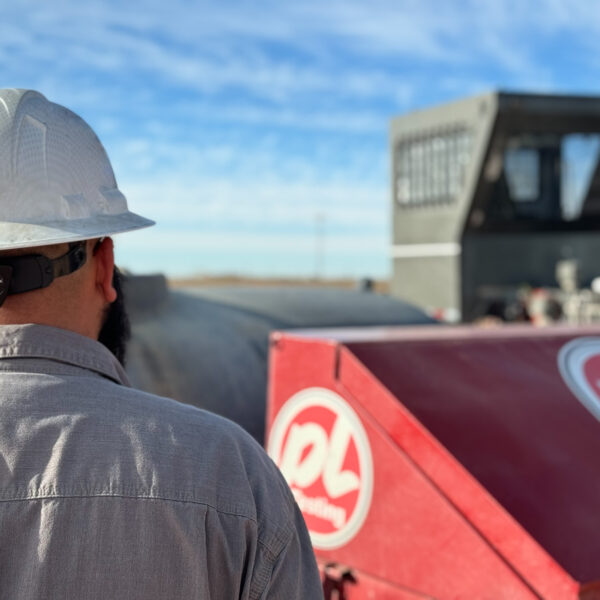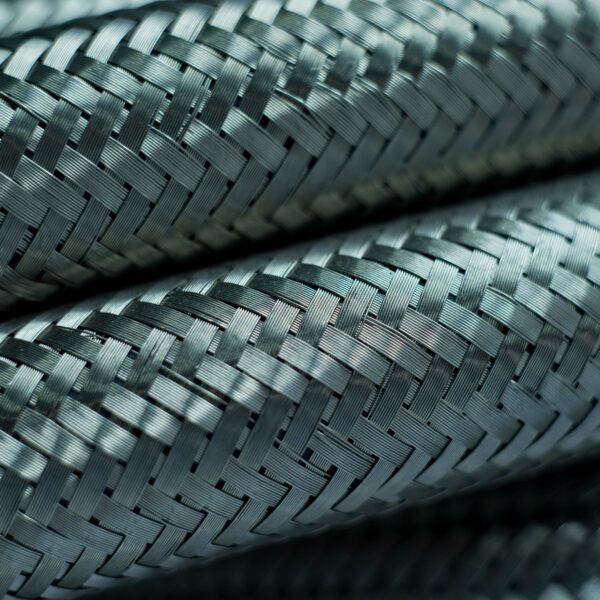Over half of the 300,000 miles of transmission pipelines in the United States were manufactured before 1970, making a majority of the pipeline infrastructure over 50 years old. The pipelines, considered “vintage” assets, were used with older construction and manufacturing methods without the modern technology available today, which make them susceptible to different threats and defects.
Proper maintenance and integrity management of these vintage pipelines should consider the specific threats associated with their original construction methods as well as the proper maintenance schedule for inspecting and cleaning the line. Proper maintenance should include regularly running inline inspection (ILI) and cleaning pig tools.
History of Pipeline Manufacturing Methods & Effects on Integrity Management
Historical methods for manufacturing pipelines include:
- Furnace butt-welding
- Lap and hammer welding
- Low frequency electric resistance welding (ERW)
- Flash welding
- Single submerged arc welding
- Early seamless (SMLS) variations
Starting in the 1950’s-1970’s, the manufacturing methods started to shift towards more modern methods. These modern manufacturing techniques include:
- Continuous butt-weld SMLS
- High-frequency ERW
- Double submerged arc welding
The quality of steel for pipelines has also improved, with more robust and advanced production methods that better protect steel from threats such as hydrogen embrittlement.
Associated Anomalies for Vintage Manufacturing Processes
Based on reviews of defects and manufacturing methods of vintage pipelines, there is reason to believe that some manufacturing methods are related to certain concerns.
For example, furnace butt-welding, where pipe is hot-rolled and heated to a welding heat than pulled through a ring die or bell, results in pipe welds that may not be as reliable due to oxides trapped between weld surfaces. In another example, low frequency electric resistance welding (ERW), where steel is cold-formed into a cylindrical shape, then A.C. current heats the steel and bolds edges together, results in pipelines that may be susceptible to seam corrosion, excessive wall thickness reduction, hook cracks, or inadequate bonding.
Other vintage pipeline manufacturing methods, including flash welding, single submerged arc welding, and early SMLS, and others have other associated concerns as well, based on reviews of historical data.
In Action: Recertification of 1929 Vintage Pipeline
Existing assets, if properly maintained and inspected at regular intervals, can function well and perform the necessary function to transport liquids or gases despite older manufacturing techniques.
In this example project, 12.5 miles of 8” pipeline manufactured in 1929 had unique challenges due to vintage welding techniques. The welding performed when the pipeline was constructed resulted in periodic deformation of the pipeline. The pipeline required regular recertification, and effectively running inline inspection (ILI) tools was critical to ensuring safe and compliant operations.
With the help of PL Testing, the client was able to successfully run the tool and effectively clean and inspect the pipeline. A crucial part in ensuring success is making sure the right tool is selected for the job, and that the team performing the run has the right experience and knowledge to perform the task at hand.
Best Practices for Managing Vintage Pipelines
The key to maintaining vintage pipelines and overcoming the unique challenges associated with vintage assets’ older manufacturing methods is to regularly clean and inspect the line. Regular maintenance pigging and monitoring will ensure the line is clean, that the operator has a consistent flow of data regarding the integrity of the asset, and the line stays in compliance and meets all regulatory requirements.
Just because a pipeline is vintage does not mean it cannot be a vital part of the extensive pipeline infrastructure vital to delivering energy in the United States. Again, over half of all pipelines in the States are vintage, and they play a key role in the energy we use every day. It’s important to know what kind of pipeline you are dealing and partner with the right service providers who understand the unique challenges of vintage pipelines.
To learn more about our work and experience with cleaning, maintaining, and monitoring existing pipeline assets with inline inspection tools, contact us.



